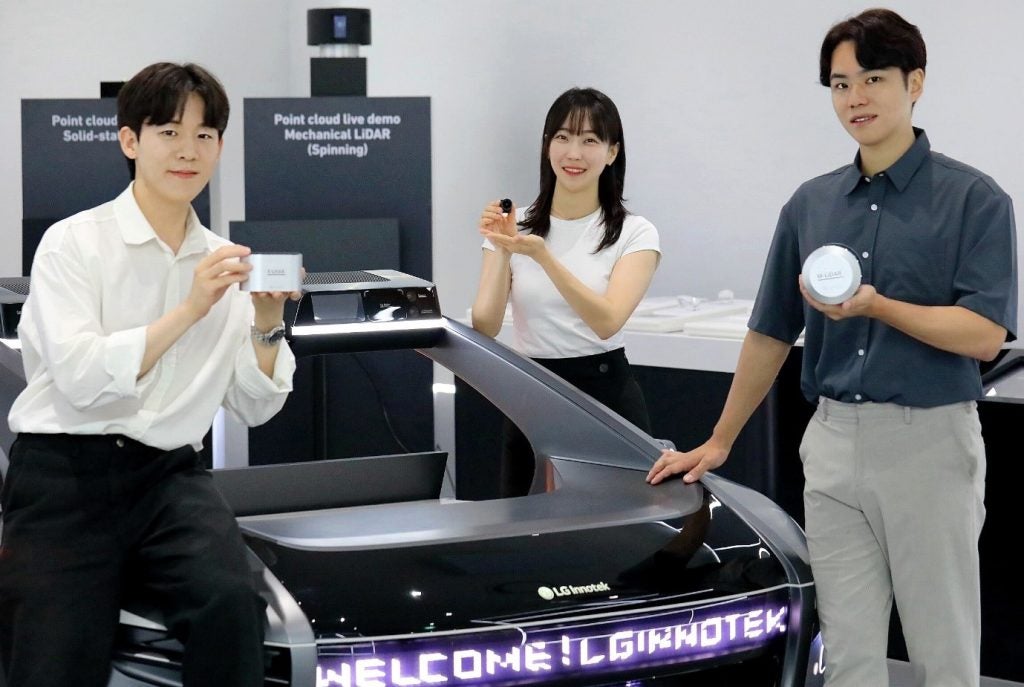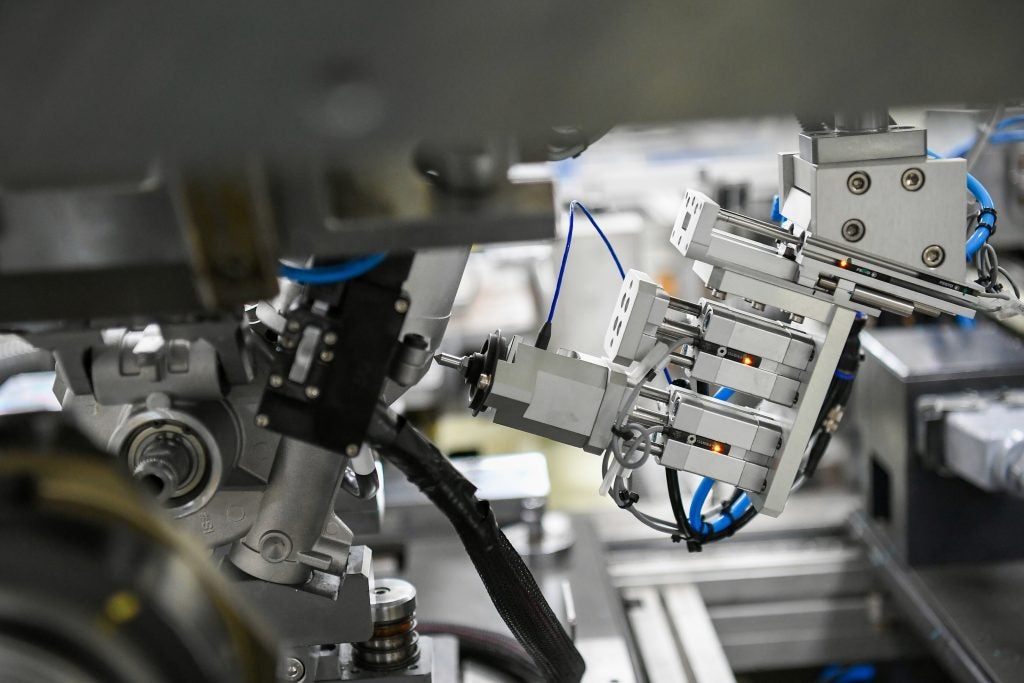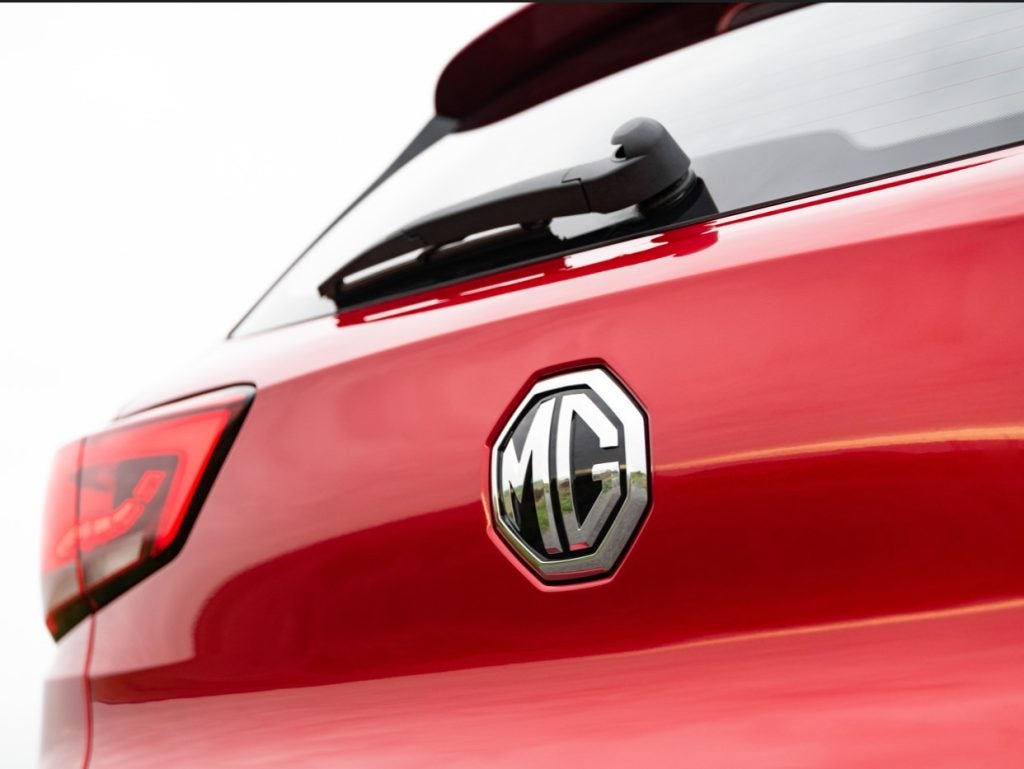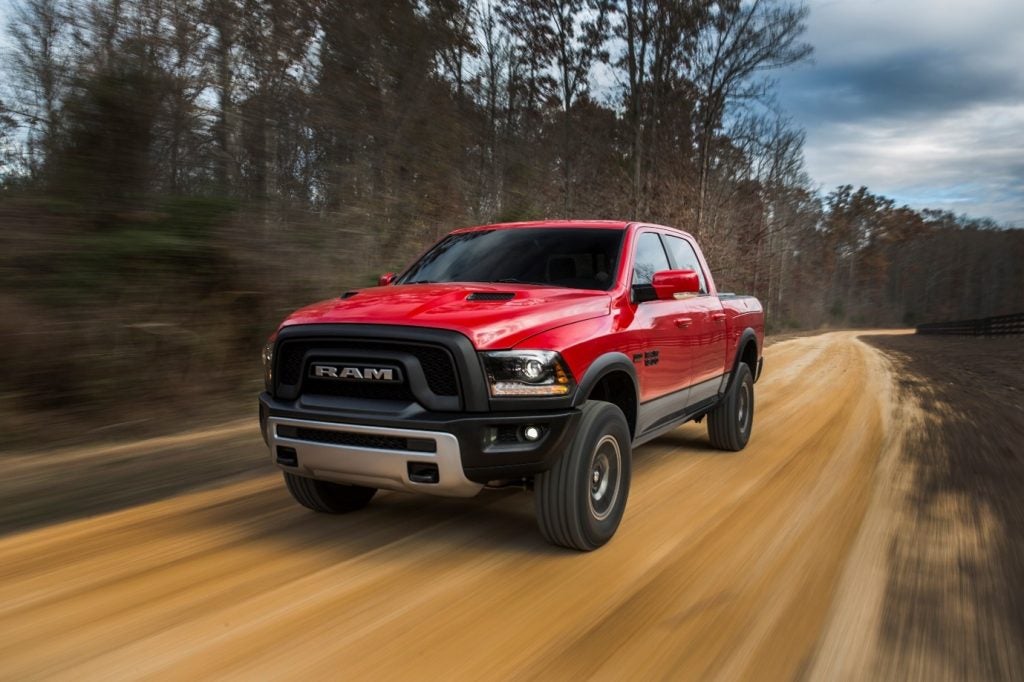
Could you tell us a little about PreAct Technologies?
PreAct Technologies creates the world’s fastest flash LiDAR that powers near-field sensing and object tracking solutions for automotive, trucking, robotic and industrial markets. Our patent-pending suite of sensor technologies is the only software-definable LiDAR on the market designed specifically to support the extended life of software-defined vehicles.
PreAct Technologies was born from decades of Defense Advanced Research Projects Agency (DARPA) investments worth over $100 million that have been dedicated to creating technologies that save lives through active protection systems. These advanced systems have proven the precision and effectiveness of fast optical sensors combined with edge processing for extremely high-speed responses.
We understand that your approach applies aerospace and military technologies to the automotive sector to help deploy safety measures before an accident. Could you explain how?
PreAct leveraged the experience and know-how from our military and aerospace background but ended up developing a unique solution specific to pre-crash detection. Our sensors are designed to detect an accident before it happens and deploy safety measures that will minimize injuries that would result from the accident.
Could you give us an idea about how much an OEM could save by using one of your LiDAR sensors on a vehicle versus what is already out there in the marketplace? i.e. traditional LiDAR, ultrasonic sensors, etc.
How well do you really know your competitors?
Access the most comprehensive Company Profiles on the market, powered by GlobalData. Save hours of research. Gain competitive edge.

Thank you!
Your download email will arrive shortly
Not ready to buy yet? Download a free sample
We are confident about the unique quality of our Company Profiles. However, we want you to make the most beneficial decision for your business, so we offer a free sample that you can download by submitting the below form
By GlobalDataThe savings is more about extending the value of the vehicle. Our LiDAR system delivers more capability for the same cost that OEMs are currently spending on sensors. We’re not taking cost out of the overall system, rather we’re adding in higher performance and much more flexibility in deploying and updating applications that help futureproof the vehicle.
Are your sensors already in the marketplace or yet to appear? What stage are you at in terms of production agreements?
Our T30P product will be released in October and will be available for purchase on the electronics component sales website DigiKey. We’re excited about several signed and pending production agreements we have in place with tier ones and OEMs in the automotive, trucking and industrial sectors; unfortunately, we can’t share those details yet!
What are your observations in respect of new paradigms in driver behaviour rating and behaviour-based insurance?
Traditionally, driver behaviour ratings are based solely on information coming off the vehicle like brake pressure, acceleration, and speed. Unfortunately, that doesn’t account for environmental context. With our technology, insurers will get more insight into the environment (i.e., other drivers and vehicles). By gathering data outside the vehicle, we can provide a more accurate risk assessment of the driver’s actual behaviour which could inform how insurers reward the right behaviours. For example, “You didn’t tailgate this month, here’s a $5 rebate.”
Insurance companies rarely back start-ups yet State Farm is backing your business. Why is that?
Insurance companies know they need to embrace technology to improve overall safety on the road. Some IP we have pending is focused on truly understanding both the driver’s behaviour and the external environment in real-time. PreAct is also focused on mitigating the severity of crashes. Both of these things are important to any automotive insurer.
To what extent is near-field sensing more important than long-range sensing?
It’s not that it’s more important, it’s more that it’s a critical part of an active protection system. Most other sensing companies stop at long-range sensors, but in a lot of use cases, everything that’s important exists within 20 meters of the vehicle. Take city driving as an example, there are a lot more decisions that must be made faster by the car. Near-field sensing provides an accurate way to gather real-time data feeding those decisions.
Precrash is the holy grail of automotive safety. Will it ever become a reality?
We believe so, but it’s not going to happen quickly. Precrash sensing is all about determining if a crash is imminent and unavoidable. Once an imminent crash is determined, PreAct’s solution informs the vehicle’s ADAS system to actively minimize injury and death through various measures, such as seatbelt cinching and pre-charging the airbag inflator. In the unfortunate circumstance where a collision can’t be prevented, our goal is to provide this notification up to 200 milliseconds before impact. Right now, we’re working with tier one on an OEM-funded program around pre-crash technologies.
The software-defined architecture is opening new business models for automakers. What’s your vision of the opportunities?
Again, the big opportunity is value extension. For example, we know electrification is extending the life of vehicles. Similarly, software-defined architecture is providing the ability to maintain relevance over time.
The ability to upgrade or enhance the safety systems over the life of the vehicle will go hand in hand with new regulations continuing to come out all the time. For example, upcoming Euro NCAP requirements for vulnerable road user protection, focused around preventing people from opening doors into the path of a cyclist, is a great example of a feature that can be added in the future “over the air.”
Vehicles will have standard functions that are included, but updated safety features such as crash prevention, automated parking, or valet services could be added post-deployment for an additional revenue stream by the automaker.
As the automotive industry shifts toward higher levels of driver autonomy, what are the opportunities for your business?
Near-field scenarios, that long-distance sensor suites can’t accommodate accurately or reliably is where we fit into the fully autonomous ecosystem. Again, it’s really about providing more capabilities to the near-field sensing suites. For example, identifying the passenger is important. Having the ability to count how many people get into and out of the vehicle is important for self-driving rideshare vehicles. Being able to have that vehicle, in the last mile scenario, navigate an unmapped driveway is going to be important. Requirements for disabled drivers such as being able to precisely locate a wheelchair ramp on the curb or putting the door in a position where there’s easy access into the vehicle are going to be important.
In an autonomous car, is it all about processing power for sensor fusion or are there other aspects to make computing dependable?
By having a sensor that has edge compute capabilities, we can run some of those perception stack applications on the sensor itself, requiring less compute power from the overall domain controller for ADAS, or autonomous vehicles providing much faster decision-making. We’ve also designed the system so that if the OEM or tier one wants, we can send the point cloud data to their central compute. That gives us a lot of flexibility in both integrating with existing systems and integrating with more advanced, level four, level five, systems as well.
Security within the connected car continues to cause debate. How are you addressing this security risk?
We’re following all of the IEEE recommendations around security. We are relying on the established security protocols built into the vehicle architecture and will comply with all OEM and tier one security requirements.
What other application are you considering for your sensor technologies?
We are heavily involved in robotics, logistics, smart city, agriculture and industrial automation. The future looks bright though, we’re starting to get requests from the medical verticals, as well and we look forward to seeing how we can innovate in that space.







